When it comes to cryogenic systems, every detail matters. One key element that ensures safety and performance, yet often goes unnoticed, is the thermal shield. But what exactly is it, and why is it so critical in cryogenic pipes? Let’s break it down.
What is a thermal shield?
A thermal shield is one or more layers of material placed within a piping system to reduce unwanted heat transfer. In cryogenic applications, where maintaining ultra-low temperatures is non-negotiable, this component becomes essential.
Its main function is to prevent heat ingress, helping preserve the properties of cryogenic substances and improving the overall energy efficiency of the system. Without it, keeping materials like liquid nitrogen or liquefied natural gas at stable temperatures would be much more challenging and expensive.
What makes cryogenic pipes with thermal shields so effective?
Thermal shields do more than just block heat. Here’s a breakdown of the key features and benefits they bring to piping systems:
- Thermal resistance: They act as a barrier, preventing heat flow between different surfaces within the system.
- Low thermal conductivity: The materials used have carefully controlled values suitable for cryogenic conditions.
- Dimensional stability: Even under temperature fluctuations, the piping maintains its shape, reducing the risk of cracks, leaks, or moisture ingress.
- Compression resistance: A good thermal shield can withstand high compressive loads without deforming, critical for mechanical integrity.
Related content: Ducting pipes: everything you need to know
- Moisture protection: Reduced permeability to water vapor means less risk of corrosion or ice formation inside the system.
- Durability in extreme environments: Thermal shields help protect the piping from temperature swings, mechanical impacts, and harsh weather conditions.
- Fire resistance: Some insulation materials used in thermal shields offer added protection against fire, maintaining their properties even when exposed to high heat.
- For instance, in LNG bunkering projects, pipes with thermal shielding can reduce energy loss by up to 40%, significantly cutting operating costs and improving system sustainability.
Common thermal insulation materials in piping
Choosing the right thermal insulation material depends on the specific needs of each project, including process temperature, mechanical stress, and fire or corrosion resistance. Some commonly used materials include:
- Rubber foam
- Polyethylene foam
- Glass wool or stone wool with aluminum foil
- XPS or EPS foams
- Polyurethane-phenolic foam
- White glass wool or stone wool blankets
- Calcium silicate
In cryogenic pipelines, insulation is often achieved through vacuum-insulated pipelines (VIP), which can be further enhanced with thermal shields to maximize thermal performance.
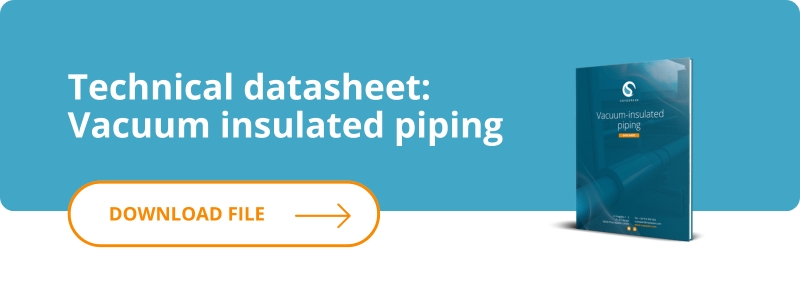
Why thermal insulation matters: key benefits
Installing thermal shields in cryogenic pipes is not just a technical improvement, it’s a strategic decision. Here’s why:
- Energy efficiency: Keeping materials at cryogenic temperatures demands energy. Thermal shields help reduce heat gain and energy consumption.
- Environmental impact: Lower energy use means lower carbon emissions.
- Temperature control: Ensures temperatures stay within the desired range throughout the process.
- Condensation prevention: Helps avoid moisture buildup, which can lead to system degradation.
- Worker safety: Reduces the risk of burns or other injuries from contact with cold surfaces.
- Noise reduction: Some thermal insulation materials also provide acoustic benefits.
Cryospain’s thermal shield solutions for cryogenic pipes
At Cryospain, we design and manufacture super-insulated cryogenic pipes tailored to each client’s needs. Our Cryoline pipes combine high vacuum insulation with thermal shields to guarantee exceptional performance, durability, and safety.
We work with a variety of cryogenic substances including LIN, LOX, LAR, LNG, LHe, and LH2. By using thermal shielding, we prevent unwanted heat from entering the system — reducing the risk of gasification and ensuring consistent cold chain integrity from start to finish.
Keep reading: Why you should choose vacuum insulated pipes
Recent project highlights:
- Retrofitting of storage vessels for LNG
- Cryogenic Bunkering projects in Europe
- Custom piping systems for Air Separation Unit (ASUs)
Our cryogenic solutions are also widely used in industries like aerospace, cryobiology, food processing, and transportation, all of which are increasingly adopting cryogenic technologies for improved efficiency and sustainability.
Fully integrated production, from start to finish
Thanks to our in-house manufacturing capabilities, we supply not just the pipes, but all complementary components, including phase separators, purgers, and advanced fast-cooling systems, ensuring a consistent and high-performing system.
So far, we’ve designed, manufactured, and installed over 11,000 meters of vacuum-insulated piping systems for clients around the world.
Want to learn more about our cryogenic piping systems and the role of thermal shields in obtaining maximum efficiency? Get in touch with our team!

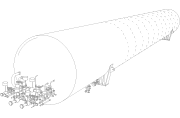
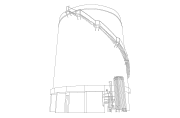
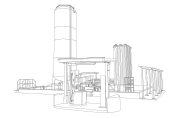

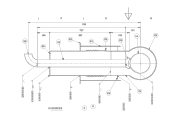


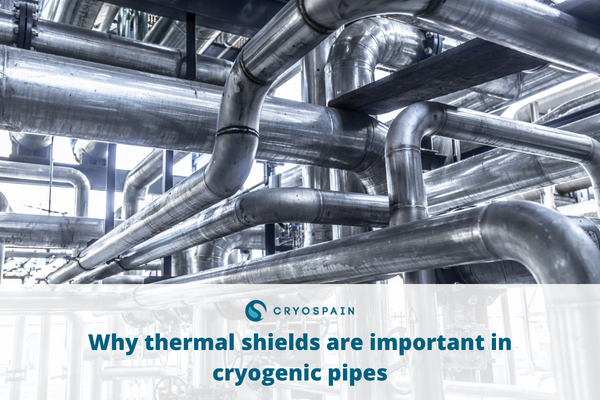

 Contacte-nos
Contacte-nos